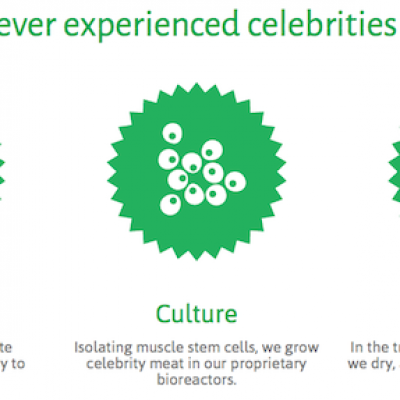The culinary landscapes are transforming daily, prompting businesses to reinforce their operations. If you want to break through the food industry, start by learning the secrets to success. Look at your production lines, streamlining them to meet the prevailing demands. Keep a close eye also to the shifting customer demands and regulatory frameworks. This blog post offers five actionable ways to get ahead of the pack in the ever-evolving food industry.
Invest in Food Inspection Systems
Sticking to the right food quality and safety isn't just a legal requirement; it's critical to building customer trust. Invest in modern inspection technologies such as metal detectors, color sorters, and x-ray systems to give you perfection in detecting foreign objects and contamination before packaging.
When purchasing, be sure to target the finest manufacturers. This will guarantee superior standards and value for money. You can also consult experts like TDI Packsys to understand how different tools will benefit your business. With such knowledge, you will make an informed investment decision, protecting your customers and improving your brand. Learning about after-sales support, such as installations and deliveries, is vital.
Product Improvements
Your success is your ability to keep exploring different food items to add to your list. Find ways to move beyond traditional food productions and recipes. It could be in finding new cooking methods, ingredients, or combinations. An approach like this can increase your chances of arriving at amazing treats that leave a lasting impression.
Consumers appreciate unique experiences that can tantalize their taste buds. Get inspiration widely to be effective with your fusion cuisines. Let the element of freshness take the lead in your efforts. This can be achieved by adopting the farm-to-table concept, where you'll showcase the locally sourced ingredients and their nutritional benefits.
Prioritize Customer Experience
Customers are central to your success, so developing ways to keep them coming back is fundamental. Regularly research their level of contentment by investing in your customer feedback program. Focus on the critical points of concern and make the proper adjustments.
For instance, if there are many inquiries about a particular flavor, you could use that information to diversify your production line. If you operate online, consider streamlining your ordering and payment methods. Upgrade the website to make it more user-friendly and safer.
Embrace Sustainable Practices
As the world shifts towards healthier and eco-friendly approaches, refine your activities to lower your carbon footprint. Look at the different production levels and ways to minimize energy consumption. Come up with a comprehensive program that can integrate your activities to reduce wastage.
Incorporate the use of renewable sources of energy, especially for needs such as powering the lighting fixtures. When sourcing for supplies such as packaging materials, target biodegradable ones.
Master the Art of Branding
Your image as a food-based industry goes beyond your taglines and logo; it's the experience you create. In branding work, have ways to connect with the customers, giving precise details of what sets you apart from the rest. Create a compelling and cohesive brand identity that echoes your culinary philosophy.
This makes people resonate with you better and makes them curious to try the products. Remember to invest in your visibility. Make use of social media platforms and make content about your operations. Share some highlights of your past social responsibility missions to show your brand's values and personality.
Endnote
The competitiveness in the food industry calls for companies to enhance their operations to remain relevant. Focus on ways to make your production effective and relevant to the consumers. Make use of feedback to know which customer-centric approaches to create and leverage the power of technology in your production line.






































